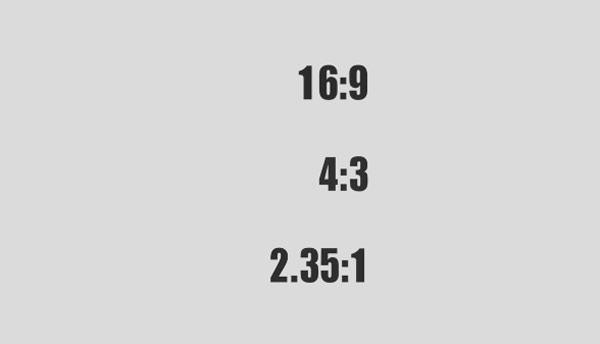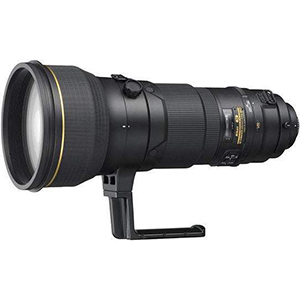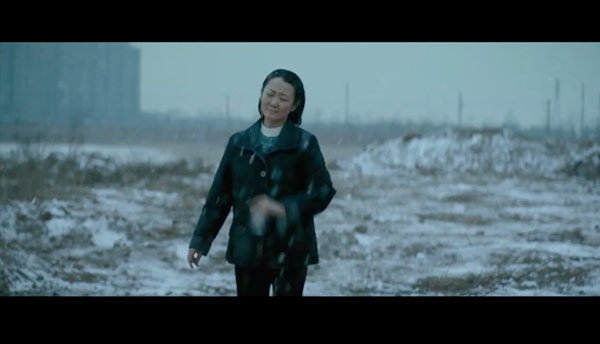Today, video content comes in various shapes and sizes, from standard rectangles to creative circles and curved displays. For those in product video production, understanding aspect ratios—such as 16:9, 4:3, and 2.35:1—is crucial to creating effective visuals across different platforms.
Common Aspect Ratios in Video Production
16:9 - The Standard Widescreen
The 16:9 ratio is the most widely used in video production, providing a familiar widescreen format seen in most phones, TVs, and online platforms. Common resolutions for 16:9 include 1920x1080 and 3840x2160, making it ideal for everyday, immersive visuals. This ratio helps bring a relatable, natural feel to videos, perfect for product advertisements and narrative-driven content.

4:3 - The Retro Look
4:3 gives a compact, nostalgic feel, popular in classic films and early TV productions. This ratio creates a sense of intimacy, drawing viewers’ attention to the center. Today, some filmmakers still use 4:3 to evoke a retro atmosphere, such as in “Justice League” (Snyder Cut). For product video enthusiasts, 4:3 can enhance the vintage vibe in retro-inspired content.

2.35:1 - The Cinematic Widescreen
The 2.35:1 ratio is a common widescreen format for cinematic videos, perfect for capturing expansive landscapes or delivering a dramatic, film-like quality. This ratio is often used in travel videos or product advertisements, bringing a sense of grandeur and professionalism to the visuals. The wide aspect ratio is great for telling visually rich stories and enhancing the viewer’s experience.

9:16 - The Vertical Video
With the rise of short video platforms, 9:16 (vertical) has become essential for social media content. This format is commonly used in short e-commerce videos and livestreams, as it enhances engagement by drawing viewers closer to the subject. While challenging for traditional framing, 9:16 works well for vertical platforms like Instagram and TikTok, bringing products directly into focus.
Experimenting with Aspect Ratios
Many films now use multiple aspect ratios to reflect different eras or emotions, such as in “The Grand Budapest Hotel,” where the shift between 4:3, 1.85:1, and 2.35:1 enhances storytelling. However, it’s best to experiment with this technique carefully to avoid overwhelming viewers. Consistency is often key in product videos and branding.
Choosing the Best Aspect Ratio for Your Project
The aspect ratio impacts both the visual style and the mood of your video. A wider ratio suits grand, cinematic scenes, while compact formats work well for close-up, intimate shots. For product videos, consider your audience and the platform when selecting an aspect ratio. Testing different compositions will help you find the best format to highlight your product effectively.
